Modern vehicles are packed with technology designed to keep drivers safe and vehicles running efficiently. Among the most critical safety features are the car dashboard warning lights. These small illuminated icons are your car’s way of communicating its condition, alerting you to potential issues before they escalate into serious breakdowns or accidents.
Unfortunately, many drivers either ignore these signals or delay action due to fear of expensive repairs. This negligence often leads to more severe damage and higher costs. By developing a clear understanding of car warning light meanings, knowing what to do when a car light comes on, and following preventive measures, you can ensure smoother, safer, and more cost-effective driving.
This guide provides a detailed car dashboard light guide covering the most common symbols, their causes, recommended actions, and professional preventive advice.
Why Car Dashboard Warning Lights Matter
A vehicle is a highly engineered machine where multiple systems must work seamlessly. Warning indicators act as early-detection systems, alerting drivers to potential malfunctions. Ignoring them is like ignoring symptoms of an illness, it may seem harmless at first, but consequences can be severe.
Color Codes of Dashboard Symbols
Red Lights: Indicate serious or urgent problems such as brake failure, overheating, or low oil pressure. Stop driving when safe.
Amber/Yellow Lights: Signal cautionary alerts. These require attention soon but are not immediate emergencies.
Green/Blue Lights: Simply informational indicators, showing that a feature like headlights or cruise control is active.
Risks of Ignoring Warning Indicators
- Sudden vehicle breakdowns on highways
- Compromised safety of passengers and other road users
- Expensive repairs due to prolonged neglect
- Shortened lifespan of critical vehicle components
By treating dashboard lights seriously, drivers can make informed decisions and prevent unexpected failures.
1. Check Engine Light
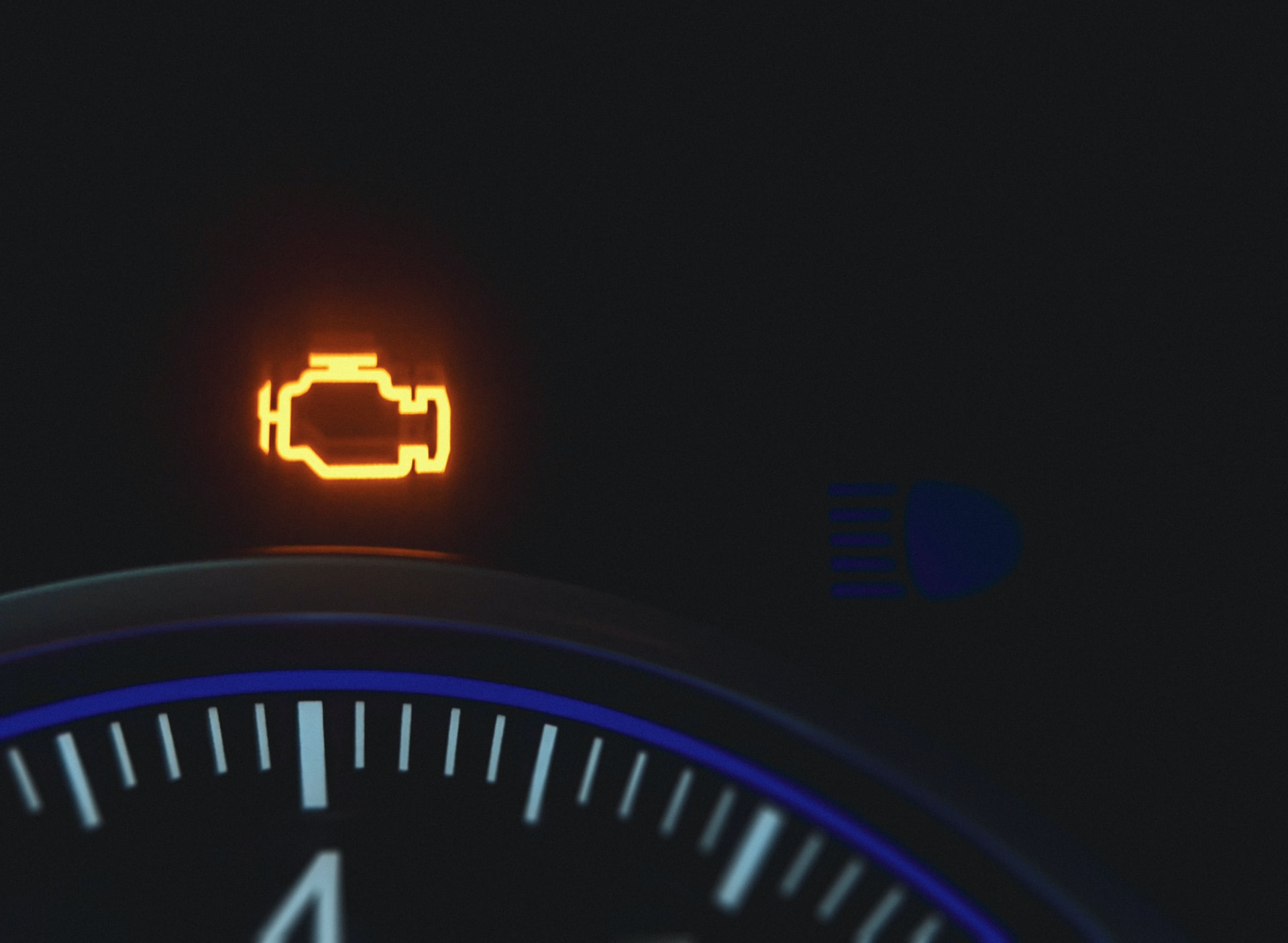
Perhaps the most well-known dashboard symbol, the check engine light is also one of the most misunderstood.
Meaning: Indicates a problem in the engine management system. It can represent anything from a loose fuel cap to a failing catalytic converter.
Common Causes:
- Faulty oxygen sensor or ignition coil
- Loose, damaged, or missing fuel cap
- Spark plug issues
- Exhaust system or catalytic converter malfunction
What to Do:
- Flashing Light: Stop immediately, as it signals severe misfires that may damage the engine.
- Steady Light: Drive cautiously and book diagnostics with a mechanic.
Prevention:
- Keep up with scheduled engine servicing.
- Always close the fuel cap tightly after refueling.
- Use high-quality fuel and engine oil.
2. Anti-lock Braking System (ABS Light)
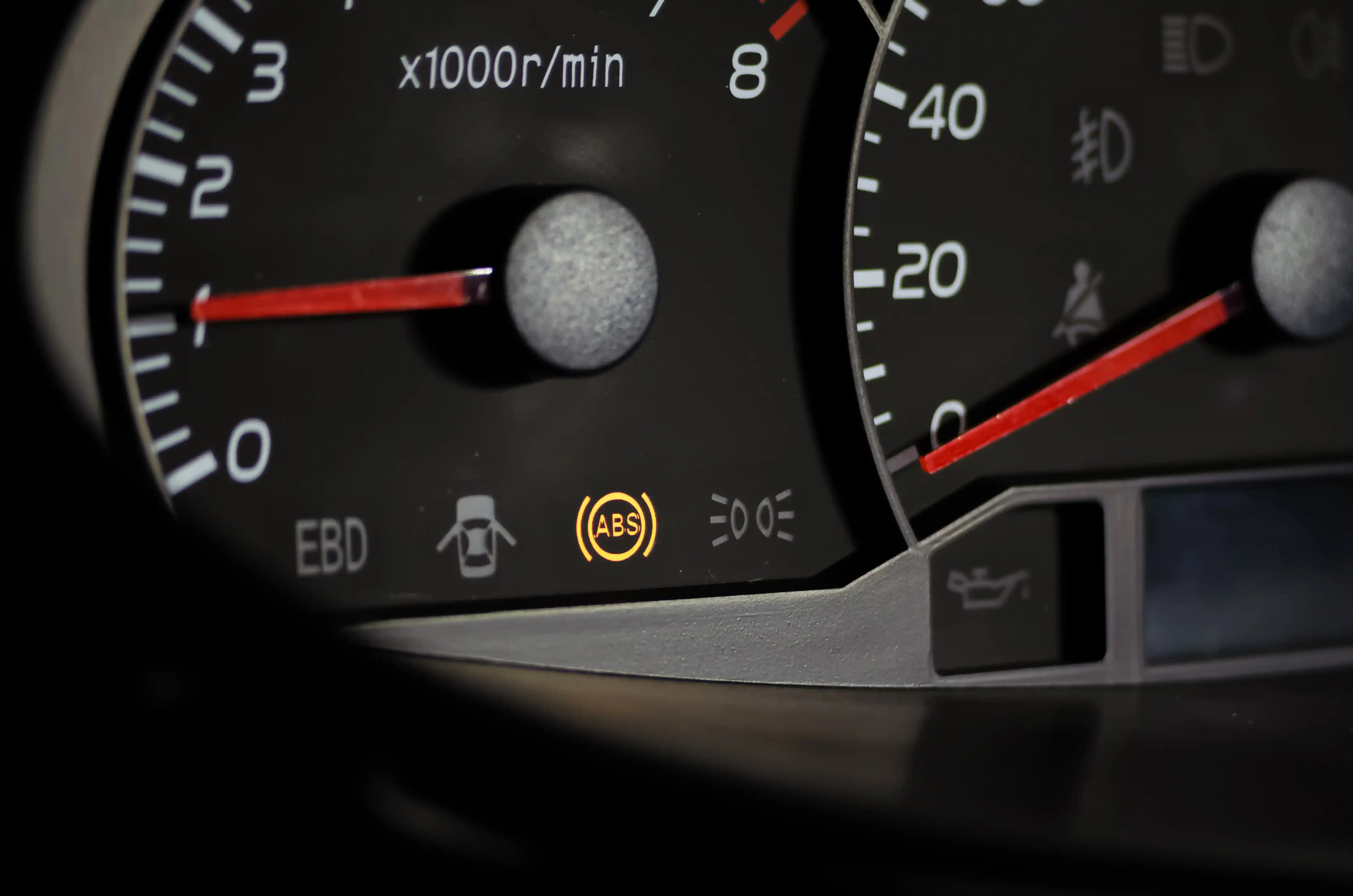
The ABS light relates to a safety system that prevents wheels from locking during sudden braking. When this light appears, it means the advanced braking function may not be available, which could reduce stability in emergency stops.
Meaning: If this light illuminates, the ABS may not function correctly, though basic braking will still work.
Causes:
- Malfunctioning ABS sensor
- Damaged wiring or corroded connectors
- Low brake fluid levels
What to Do:
- If only the ABS light is on, drive cautiously to a service center.
- If both ABS and brake system lights illuminate, stop driving immediately, it indicates unsafe braking conditions.
Prevention:
- Ensure brake fluid is maintained at recommended levels.
- Get ABS sensors checked during routine servicing.
- Avoid harsh driving that accelerates brake wear.
3. Battery Warning Light
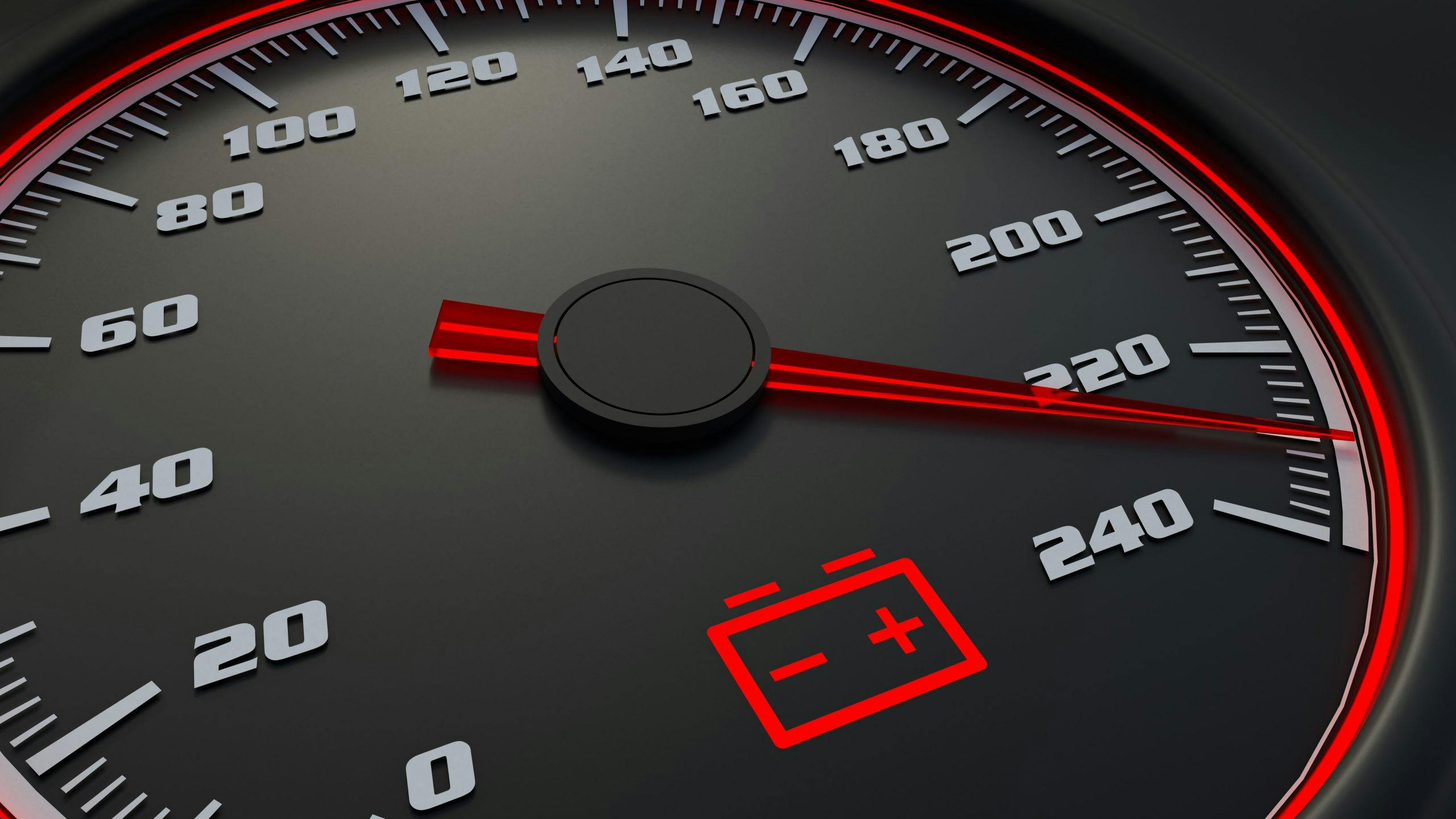
When the battery symbol glows, it means your car’s charging system is not functioning properly. Ignoring this light can quickly lead to a drained battery and total vehicle shutdown.
Meaning: The battery icon signals that the car’s charging system isn’t functioning properly. If ignored, the vehicle may eventually stall.
Causes:
- Battery terminals corroded or damaged
- Failing alternator that cannot charge the battery
- Broken alternator belt affecting multiple systems
What to Do:
- If the light appears while driving, minimize use of electrical accessories.
- Reach a mechanic before the car loses all power.
Prevention:
- Test battery health annually, especially in extreme climates.
- Clean terminals regularly.
- Replace alternator belts as per manufacturer guidelines.
4. Oil Pressure Warning Light
.jpg)
This is one of the most dangerous lights to ignore. Low oil pressure means your engine is not being lubricated properly, which can result in complete engine seizure within minutes.
Meaning: Low oil pressure threatens the lubrication system, risking catastrophic engine failure.
Causes:
- Low engine oil levels
- Faulty oil pump
- Oil leaks or clogged filters
What to Do:
- Stop driving immediately.
- Check dipstick and top up oil if safe.
- If light persists, seek immediate mechanical assistance.
Prevention:
- Change oil and filters at regular intervals.
- Always use manufacturer-recommended oil grade.
- Inspect for leaks after long drives.
5. Brake System Warning Light
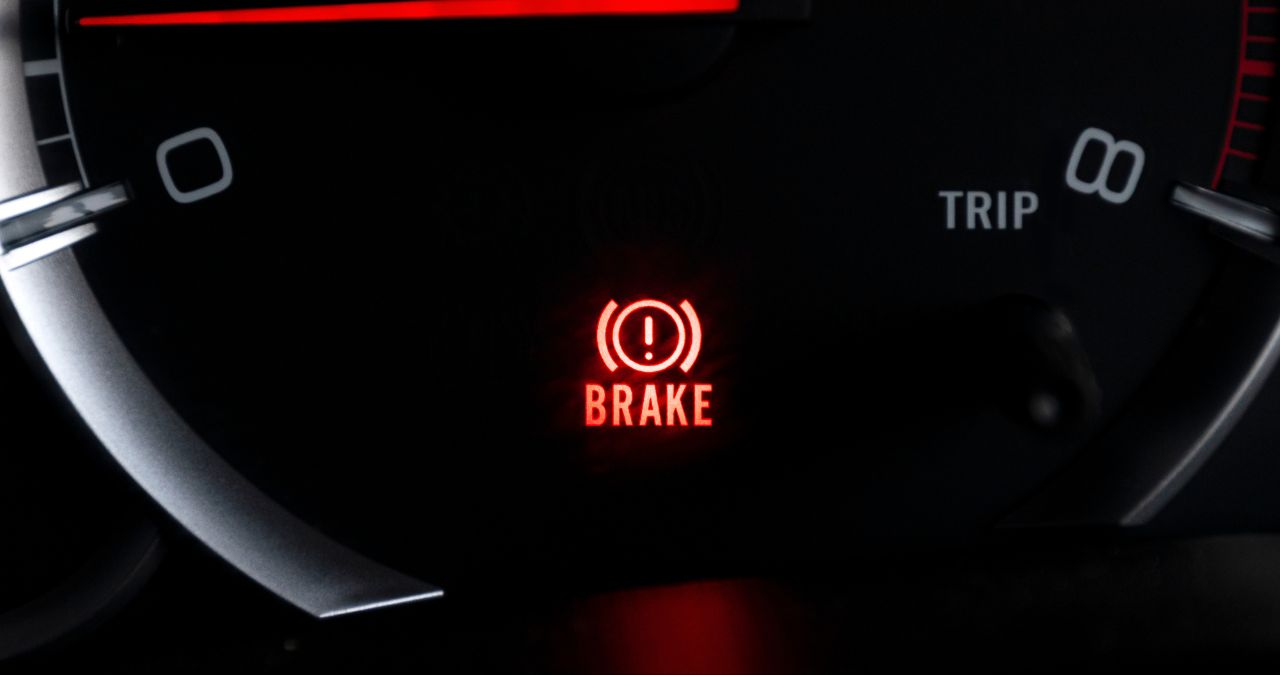
This critical red symbol indicates a fault with the braking system, which can directly compromise safety. It should never be ignored under any circumstances.
Meaning: This red exclamation mark inside a circle, or a “P” symbol, indicates issues within the braking system.
Causes:
- Low brake fluid
- Worn brake pads
- ABS or master cylinder failure
What to Do:
- Pull over immediately and check fluid levels.
- Call for professional help if the light remains on.
Prevention:
- Regular brake inspections.
- Replace fluid every 2–3 years.
- Avoid carrying excessive weight, which stresses brakes.
6. Tire Pressure Monitoring System (TPMS)
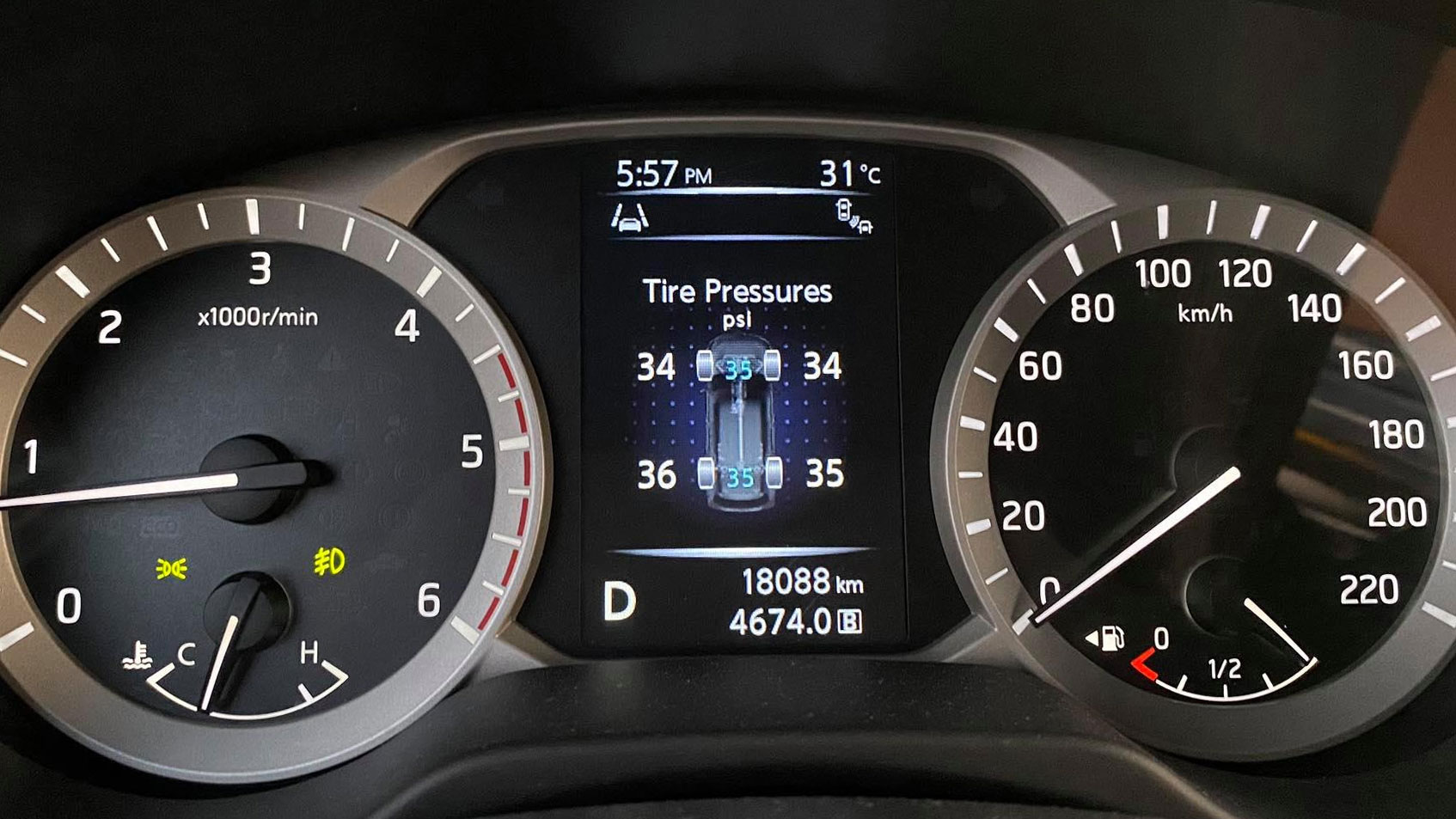
This warning helps maintain tire health and road safety. Incorrect tire pressure reduces fuel efficiency, increases tire wear, and affects handling.
Meaning: Horseshoe-shaped icon with an exclamation mark warns of improper tire pressure.
Causes:
- Underinflated or overinflated tires
- Punctures or leaks
- Faulty TPMS sensor
What to Do:
- Stop and check tire pressures. Inflate to manufacturer’s specifications.
- Inspect for punctures if one tire consistently loses pressure.
Prevention:
- Check pressure monthly.
- Rotate tires every 10,000 km.
- Maintain correct alignment and balance.
7. Coolant Temperature Warning Light
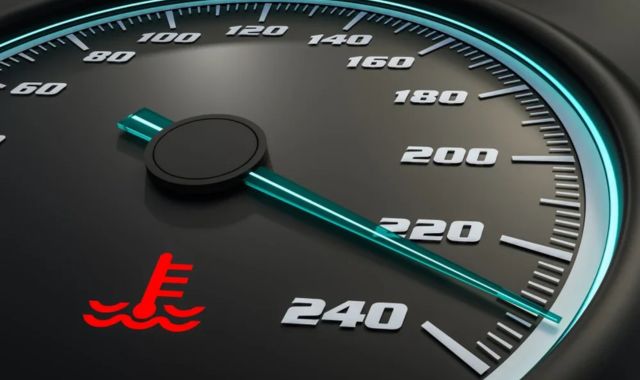
This symbol warns that your engine is running too hot, which can cause overheating and severe internal damage.
Meaning: The thermometer symbol indicates that the engine is overheating.
Causes:
- Low coolant levels
- Broken thermostat
- Damaged water pump
What to Do:
- Safely stop and let the engine cool for 30 minutes.
- Add coolant if low but never open the radiator cap while hot.
Prevention:
- Top up coolant regularly.
- Flush and replace coolant every 2 years.
- Inspect radiator and hoses frequently.
8. Transmission Warning Light
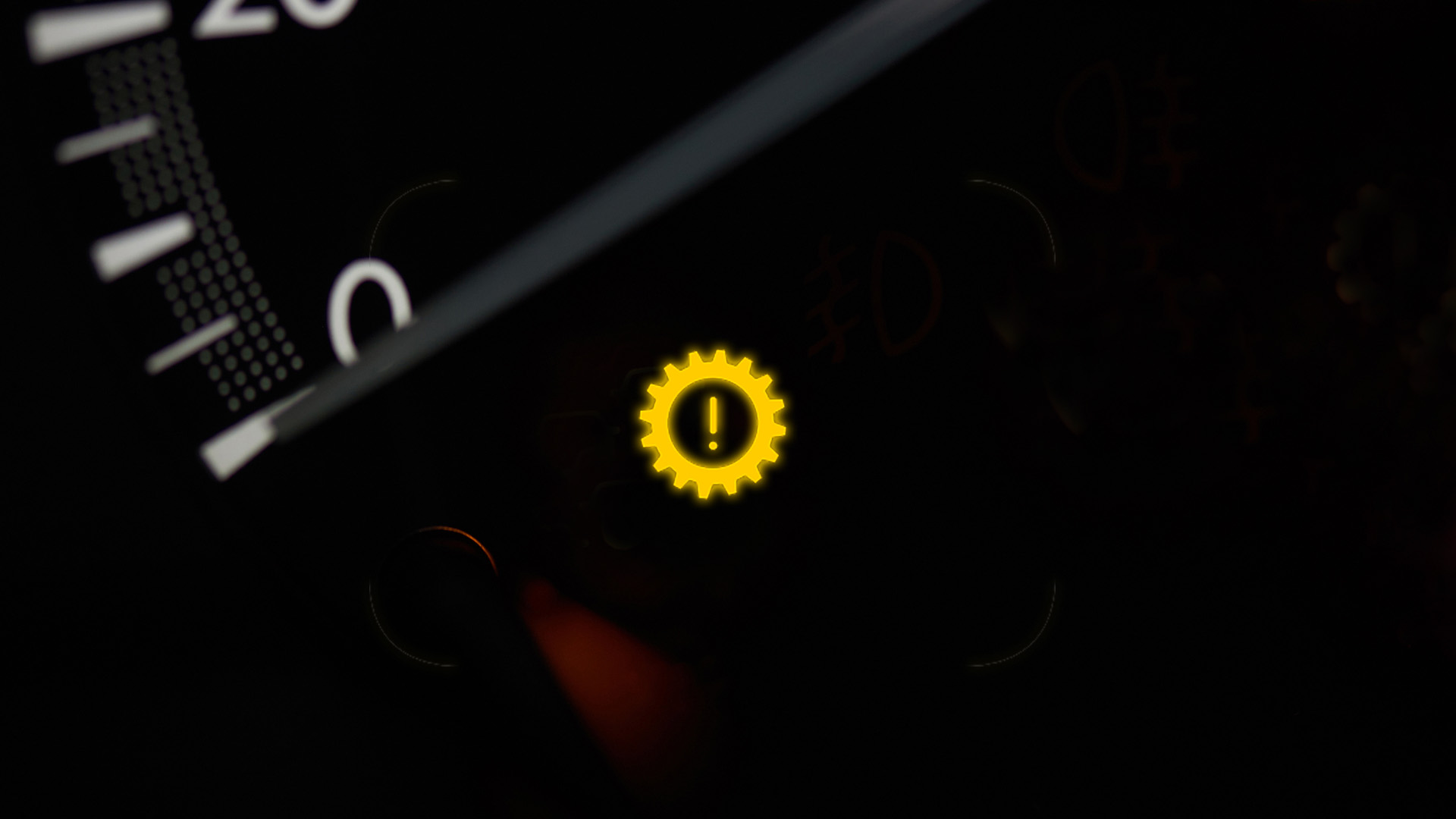
A transmission fault can quickly affect drivability and lead to costly repairs if not addressed promptly.
Meaning: Gear-shaped icon warns of issues in the transmission system.
Causes:
- Low or overheated transmission fluid
- Sensor failure
- Mechanical gearbox damage
What to Do:
- If overheating, stop and allow the car to cool.
- Drive to a workshop cautiously.
Prevention:
- Regular transmission servicing.
- Avoid towing beyond capacity.
- Use recommended transmission fluids only.
9. Airbag Warning Light
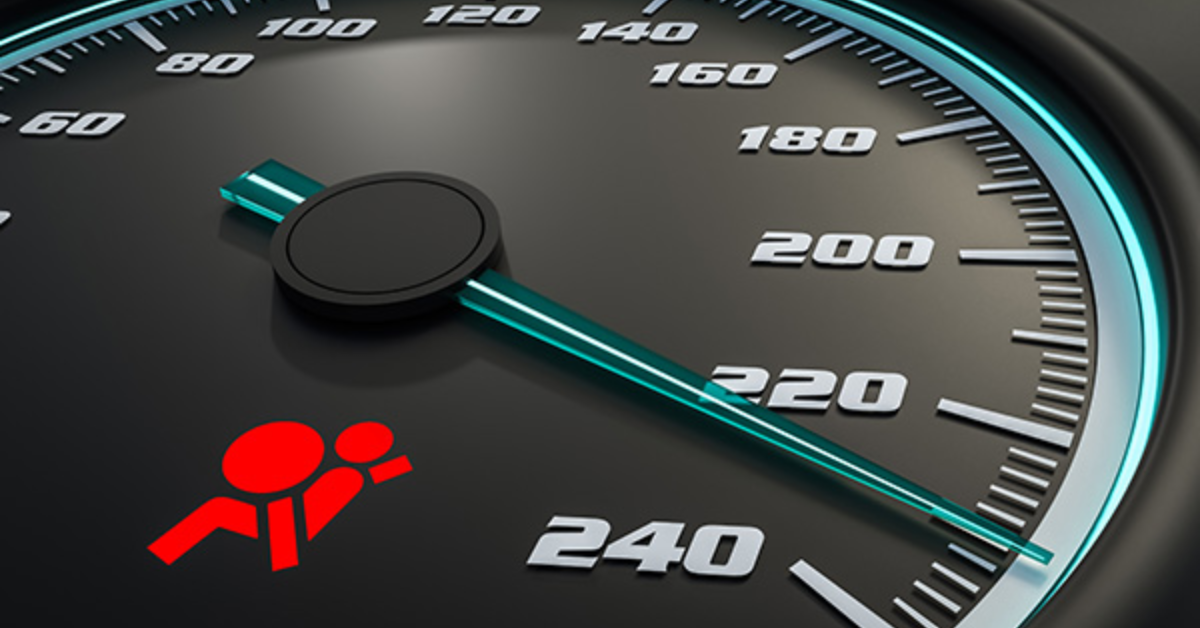
Your airbag system is a critical safety feature. When this light shows, it means airbags may fail to deploy in a crash.
Meaning: Symbol of a seated passenger with a circle indicates an issue in the airbag system.
Causes:
- Faulty airbag sensors
- Wiring or control unit malfunction
What to Do:
- Get the system checked immediately, airbags may not deploy during collisions.
Prevention:
- Test airbag system during annual service.
- Protect sensors from water or impact damage.
10. Traction Control Light

This system helps maintain grip on slippery roads. The warning light means it’s either working or has developed a fault.
Meaning: Appears when the traction control system activates or fails.
Causes:
- Slippery roads
- Faulty wheel sensors
- System error
What to Do:
- Flashing: normal system function.
- Steady: get the system inspected soon.
Prevention:
- Maintain tire health.
- Drive cautiously in adverse weather.
11. Fuel Indicator Light
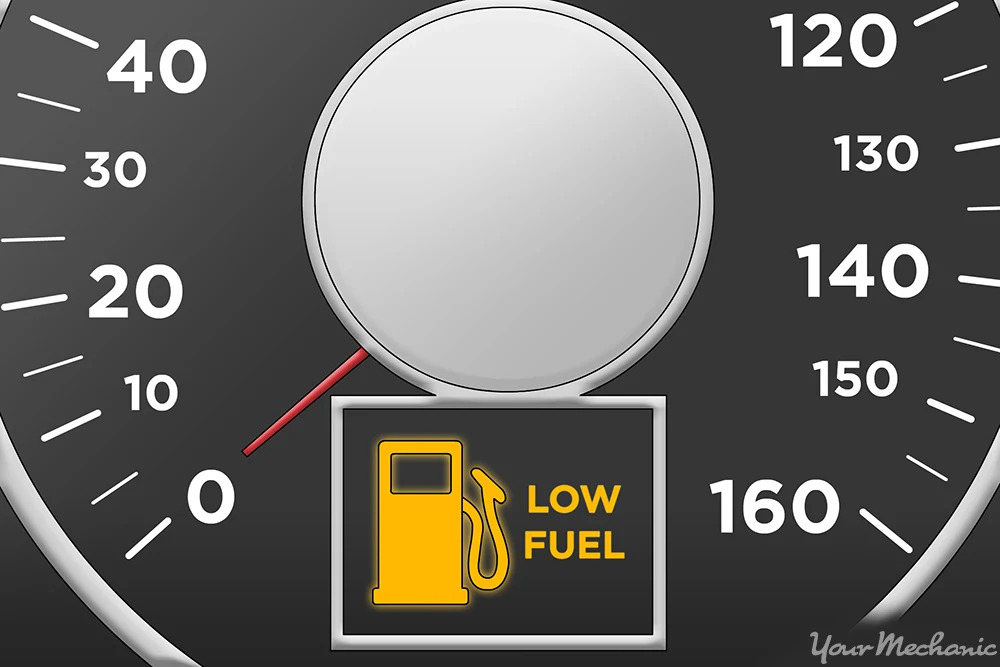
This is one of the simplest yet most important warnings. Running too low on fuel can harm the fuel pump and leave you stranded.
Meaning: Indicates low fuel levels.
What to Do:
- Refill as soon as possible.
- Avoid running below ¼ tank to protect the fuel pump.
Prevention:
- Plan refueling during long trips.
- Avoid unnecessary risk by running too low.
12. Glow Plug Warning Light (Diesel Vehicles)
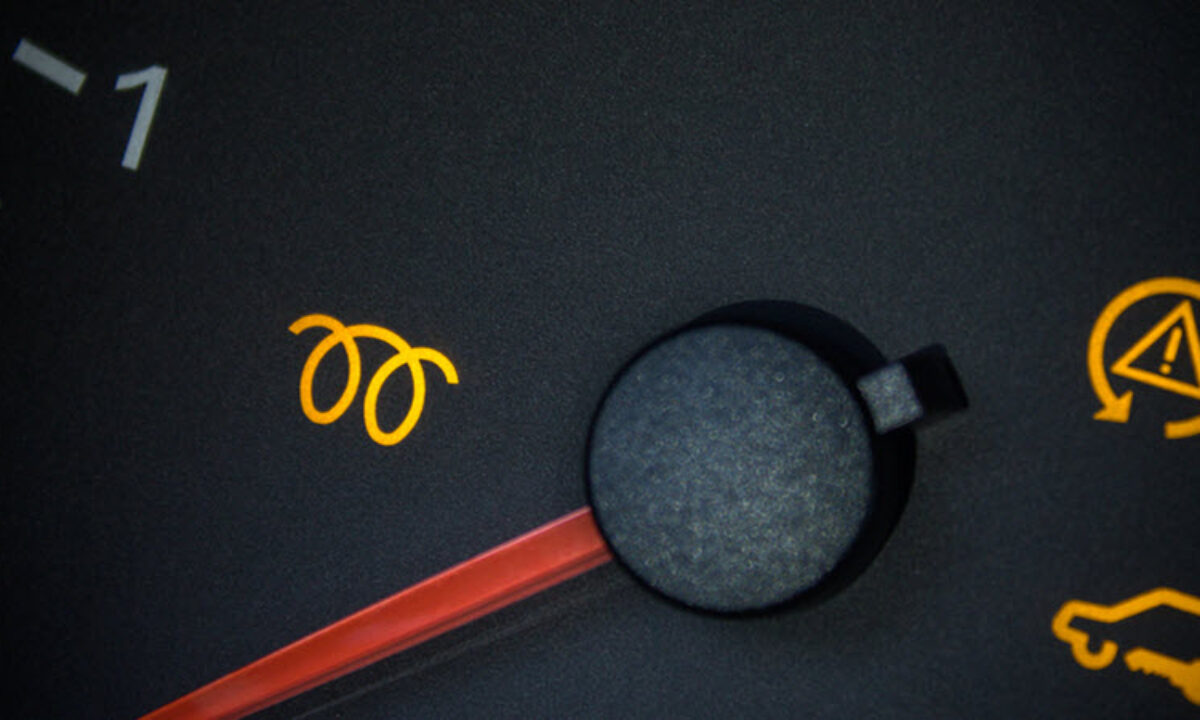
Specific to diesel engines, this light signals an issue with the glow plug system that helps the engine start smoothly in cold conditions.
Meaning: A coil-shaped light used in diesel vehicles. If it stays on while running, there is an issue.
Causes:
- Worn glow plugs
- Control module issues
What to Do:
- Visit a garage for inspection.
Prevention:
- Replace glow plugs when required.
- Use high-quality diesel fuel.
Other Informational Lights
- Doors/Boot Open Reminder: Stop safely and close properly.
- Green/Blue Lights (headlights, cruise control, indicators): Simply show active systems.
General Prevention Tips
- Regular Maintenance: Follow manufacturer’s service schedule.
- Monitor Fluid Levels: Oil, coolant, brake fluid, and windshield washer.
- Battery Care: Test regularly and replace when weak.
- Tire Checks: Maintain correct pressure and tread depth.
- Smart Driving: Avoid aggressive acceleration or braking.
- Diagnostic Tools: Use OBD-II scanners for early detection.
Conclusion
Car dashboard warning lights are more than just glowing icons, they are safety guardians. By taking them seriously, you safeguard your vehicle’s performance, protect passengers, and save yourself from costly repairs.
When a warning light appears, treat it as your car’s way of communicating. Whether it’s a critical red signal or an advisory amber one, responding appropriately ensures peace of mind and safer journeys. Prevention through regular care and professional servicing will keep these warning indicators to a minimum, allowing you to enjoy a smooth, reliable drive every time.
Read Also This |
|
|---|---|
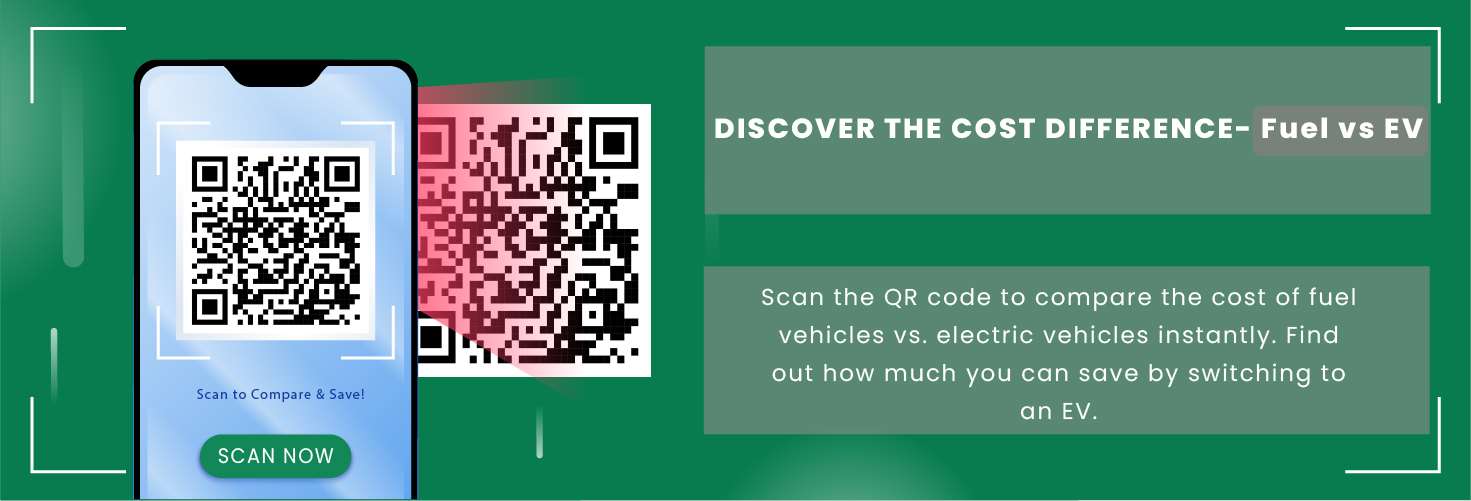

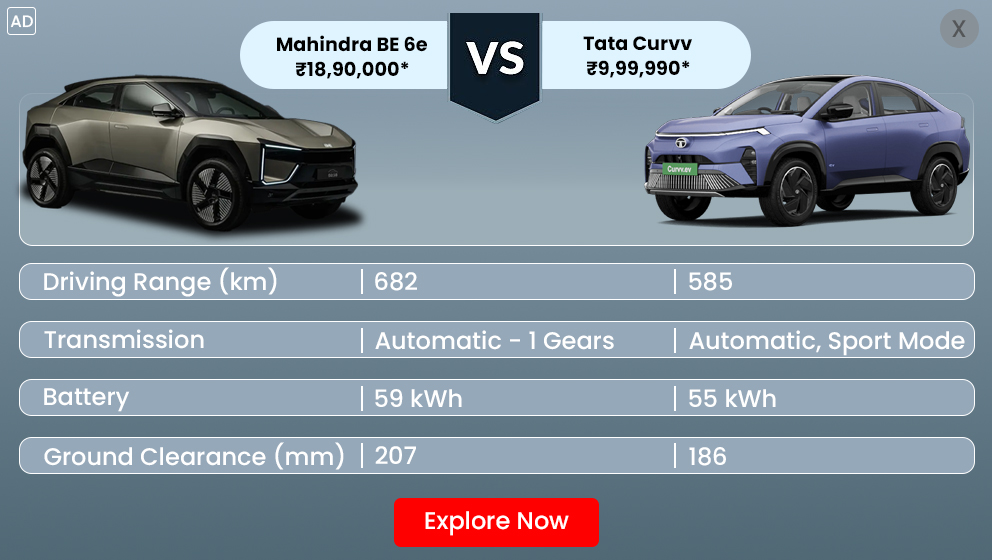

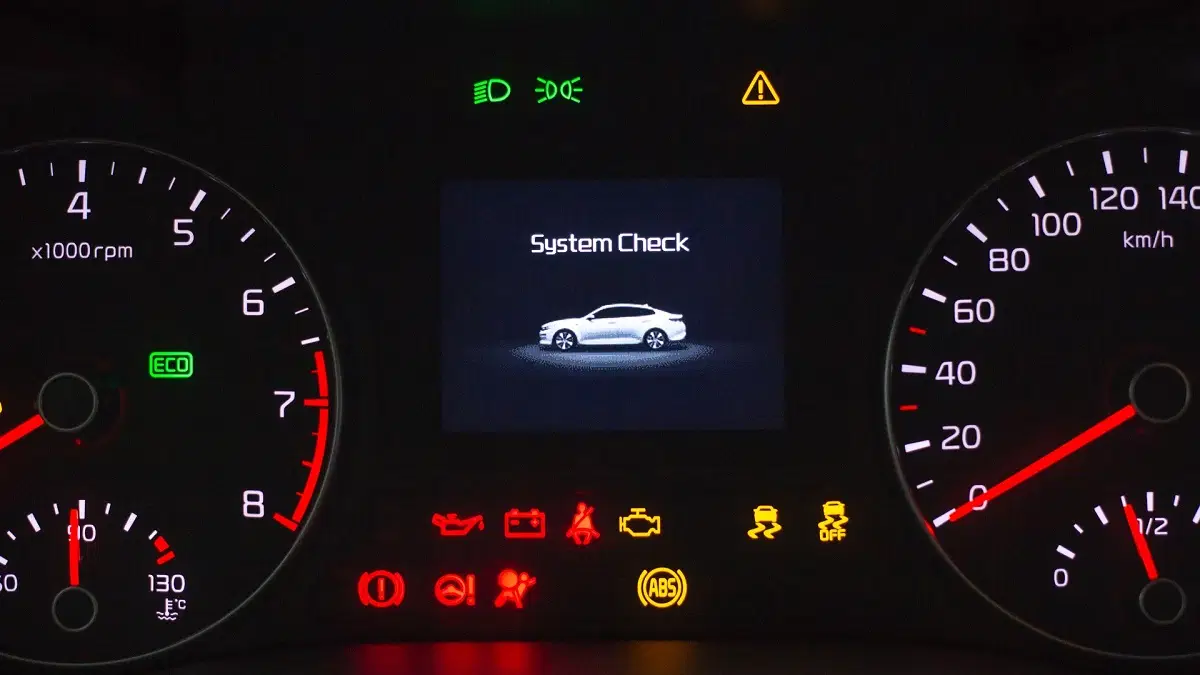
_1756287854.webp)




